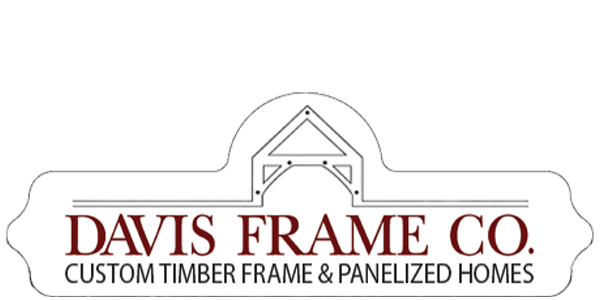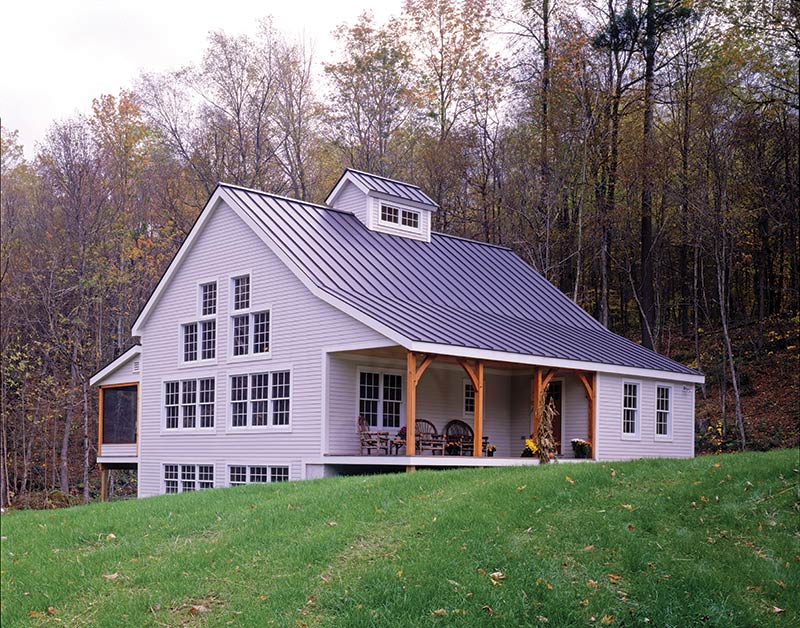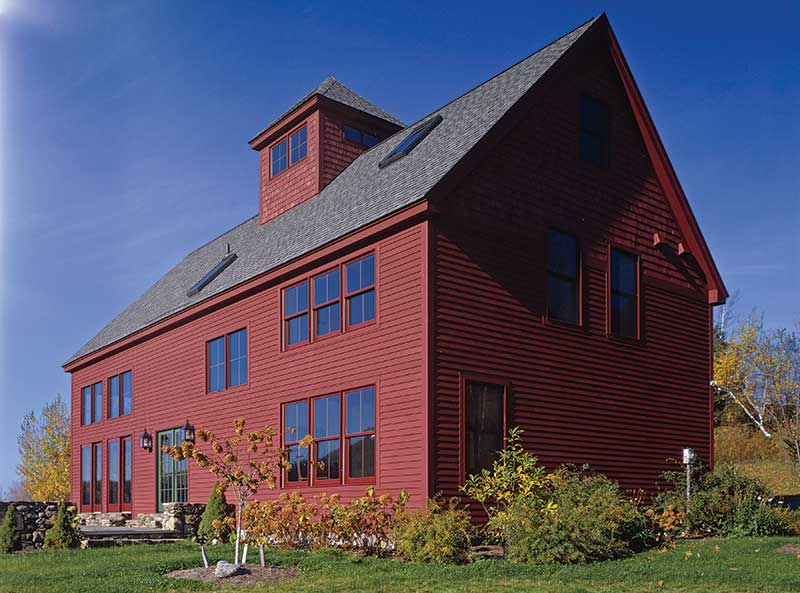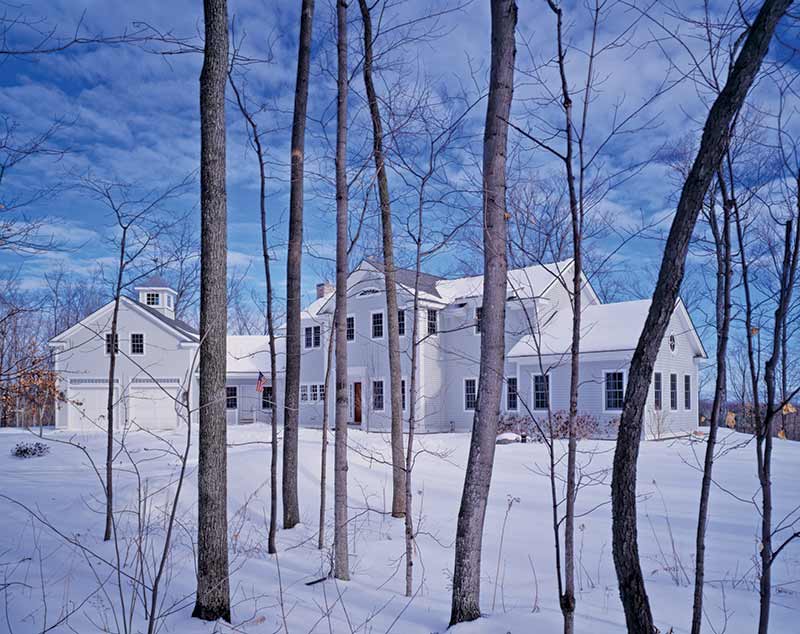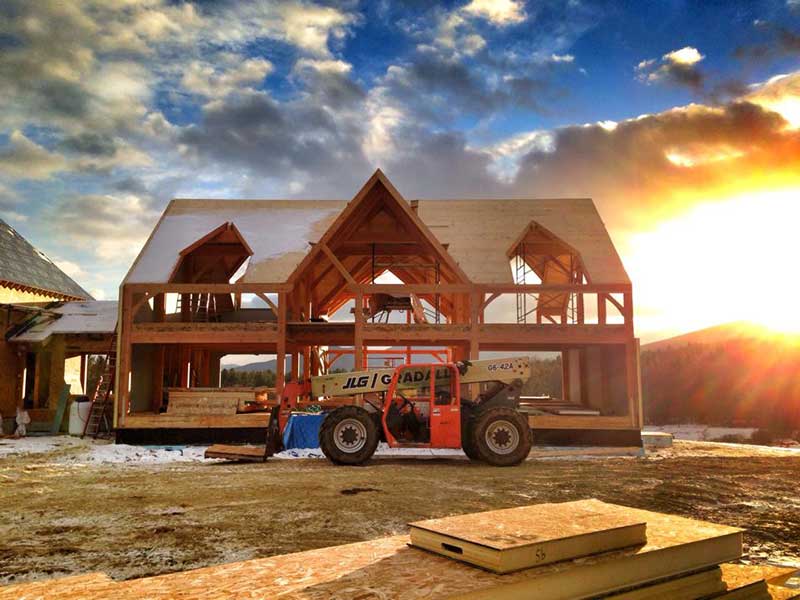There are many factors at play when figuring out if you want to build a new or existing home. As you create a cost comparison you might be thinking that obviously, it would be cheaper to buy an established home, but that is largely generalized. Some elements of your ideal home could be more affordable if you build from scratch. This is especially true if there are specific design components that will be mandatory for you to be satisfied with your new dwelling. We have created this outline of some of the areas that you will want to consider as you decide which avenue you want to take.
Land
Building a new timber frame home allows you to pick the exact land you want to build on, rather than picking the home and settling on the land that it happens to be on. The cost of the land with a pre-existing home will be built into the total selling price. When building new, the land will be a separate line item in your budget. Generally, buying pre-existing will have an advantage because of this. However, you always want to be thinking about the long-term consequences of buying developed land versus raw land.
How much acreage you end up getting will be an aspect that determines how much you end up spending in the long run-on landscaping, maintenance, and taxes. Higher taxes often occur when the property location is near a body of water, has a view of mountain ranges, or is located near a school.
Foundation
Depending on your foundation choice, this very important part of your home could range anywhere from $8,000 to $80,000, or more. Costs for a new foundation will depend on the type and complexity of design, along with the variation of labor and material costs depending on the current market. The nice thing about splurging on a new foundation is that you can design it just the way you want. Adding a full basement could provide you with additional living areas, storage space, or an underground workshop. New technologies in foundation building also lead to durability, meaning you are less likely to need updates later on.
Repairing an existing foundation averages around $4,500 for minor to medium intensity fixes. A failed foundation could be a lot more to deal with. Plus, once the foundation starts cracking, there could be a domino effect on the rest of the home as the framing, siding, and roofing become unlevel, resulting in even more costly repairs all around. When home shopping you will likely find that many house foundations might just be a crawl space or concrete slab. Since these types of foundations typically don’t have insulation, you will find your heating costs will be higher. You need to determine if you are willing to put up with the headaches that an older home can bring when it comes to the foundation.
Utilities, Insulation and Mechanicals
When you buy pre-built you inherit whatever setup exists for the home. This includes electrical wiring, plumbing, and insulation, or lack thereof. Those shopping around and have their heart set on a old, barn-style house might find themselves with a rude awakening. They find keeping their old house warm challenging since newspaper from the 1800s was used as insulation. Old and faulty wiring can make your home insurance skyrocket too. We recommend that you check the status of the current plumbing for any updates that should be made immediately or soon.
Most older homes were built during a time when energy efficiency wasn’t part of the dominant mindset. When building a new timber frame or panelized home, you can get everything set up correctly in the beginning. SIPS panels are not only structurally sound, but they have an astounding R-value. Stringent building codes for electrical and plumbing work usually prevent shortcuts and low-quality materials used during installation. While you are at it, you can invest in energy-efficient appliances and heating/cooling systems. There are federal and state incentives for these types of efficiencies.
In the end, if you are buying a pre-built home, this is an area where you are gambling on how much it will cost you. When building a new timber frame or panelized construction, obtain an outline for these costs in the beginning. You probably won’t need repairs for a long time to come. If you don’t like unpleasant financial surprises, you should probably opt to build your home from scratch.
Construction or Renovation
If you choose to buy pre-built, you are probably going to want to change at least a few things about your new-to-you home. You might need to gut the entire interior, or you might want to build an addition. You won’t just be paying for the renovation, but also permitting, demolition, and removal of all of the waste. Along the way, you might find some unexpected surprises that will rack up your renovation budget, like dealing with lead paint and asbestos removal.
With the construction of a new home, you need to budget for a permit, engineered plans, labor, and materials. As mentioned before, it will be much easier to determine just how much to budget. You This is because you will need to know for planning and obtaining funding. Plus, you won’t have to jump through hoops to adapt a pre-built house into what you want.
Conclusion
Buying a pre-built home obviously comes with the convenience of already existing. But that doesn’t mean that it is a finished project for you. Repairs, renovations, and other factors can quickly add up. That older home with tons of character is likely to be is likely to require some immediate maintenance. Those cute quirks can turn into an expensive nightmare over time.
The construction of a new panelized home will give you more control over the finished outcome. From the beginning ensure that you soundly build the overall structure, with an outstanding insulation system. New home technology, plumbing, electrical systems, and appliances. means your utility bills will be lower too. By following these steps, you can reduce and prevent financial strain with your long-term investment.
